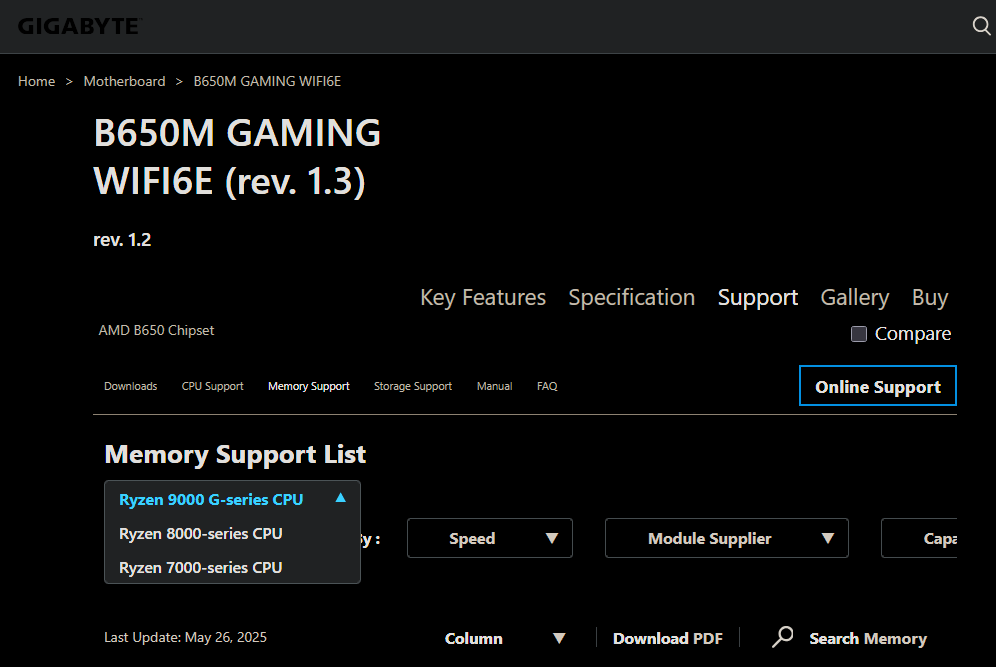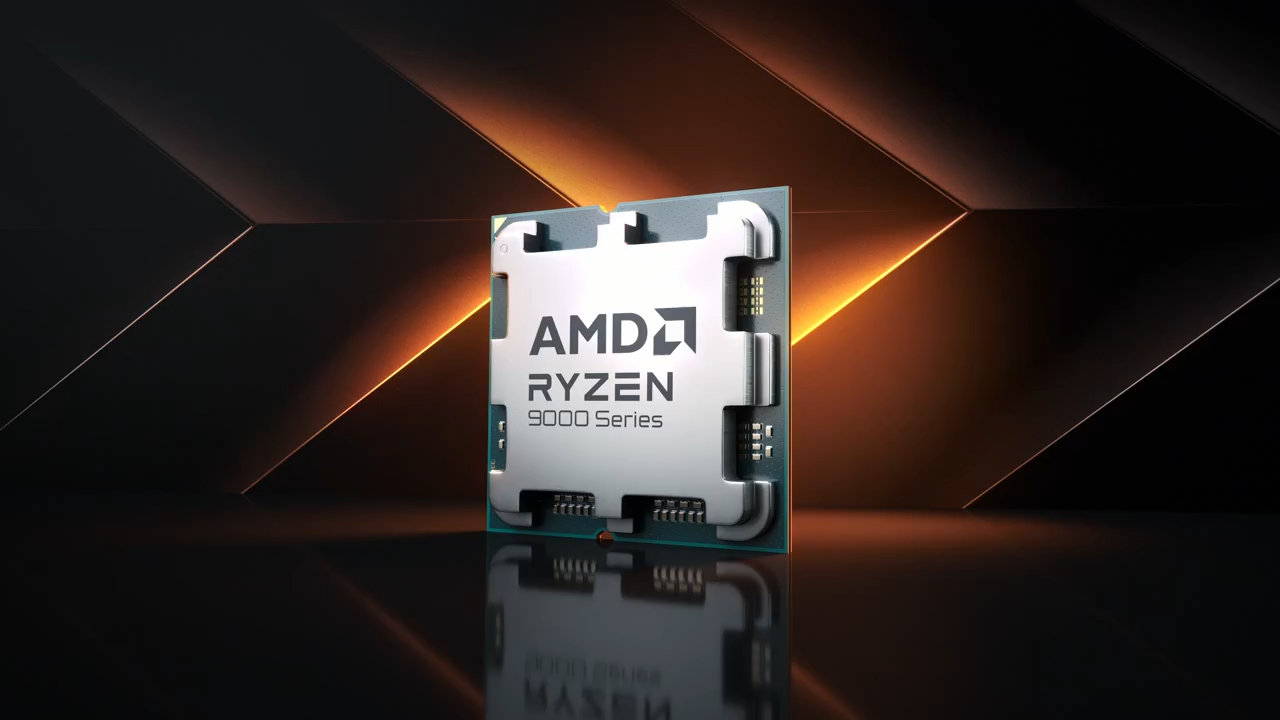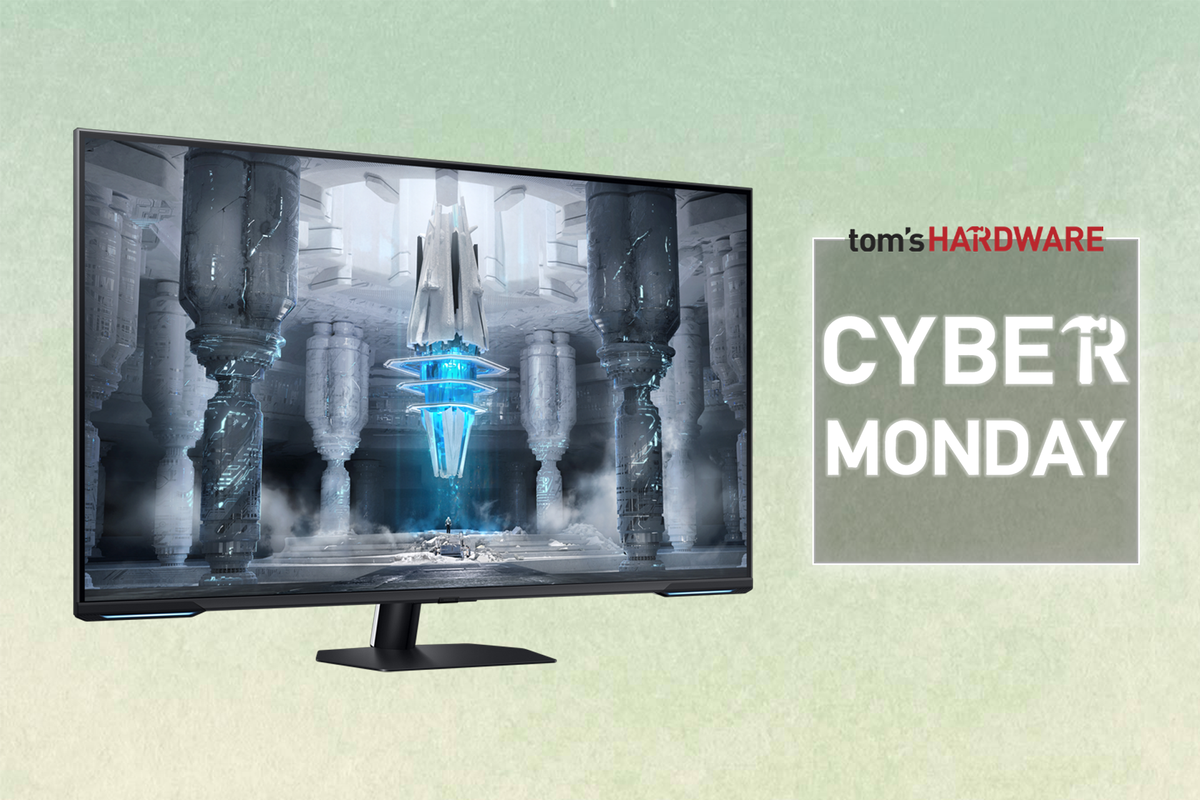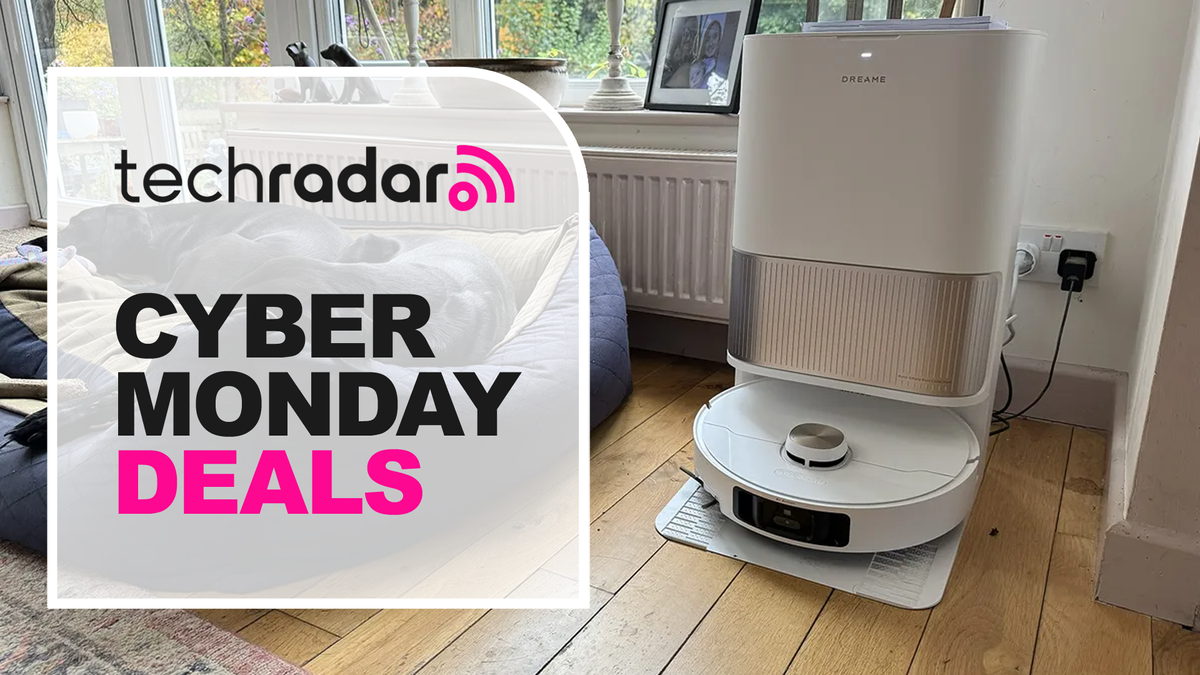One of Gigabyte's B650 (AM5) motherboards now lists support for AMD's unreleased and likely soon-to-launch Ryzen 9000G series APUs, as reported by VideoCardz. This suggests that AMD's upcoming Ryzen 9000G APUs will probably be supported on existing 600 and 800 series motherboards, of course, with a necessary BIOS update. That being said, names, specifications, and pricing still remain unconfirmed.
We first heard of AMD's Ryzen 9000G processors in late March, with leakers suggesting they'd employ Gorgon Point silicon. These APUs succeed AMD's incumbent Phoenix-built Ryzen 8000G lineup, which first debuted in January 2024. As for the underlying silicon, there are some nuances since Gorgon Point is rumored to be a refresh of Strix Point (Ryzen AI 300), alleged to offer single-digit performance increments across the board.
Gigabyte has inadvertently published a list of supported memory modules for unreleased Ryzen 9000G APUs on its B650M GAMING WIFI6E motherboard. This marks the second unofficial confirmation that these APUs will slot into existing AM5 motherboards. Nothing is official until AMD gives the official green light, so we'll still mark this as a leak.

In terms of expected specifications, we're looking at up to 12 hybrid cores (4x Zen 5 + 8x Zen 5c) / 24 threads, a 16 Compute Unit equipped graphics engine based on RDNA 3.5, and an XDNA 2 based NPU that can dish out between 50-55 TOPS of AI performance. As such, these could be in the running to power the first desktop Copilot+ PCs, if that badge matters to you. Additionally, leaks suggest a Q4 2025 release timeline for these processors, which is several months off.
Gorgon Point has several tiers (GorgonPoint1, GorgonPoint2, and GorgonPoint3) based on a previous leak. Some of these dies may be recycled further down the stack as Krackan Point silicon. Still, these are just technical nuances as most of these dies are quite similar in terms of features, unlike Phoenix1 and Phoenix2, the latter of which lacked an NPU. This raises the question of whether AMD will scale Krackan even further down to dies that lack NPUs or shift to a monolithic core design.
Follow Tom's Hardware on Google News to get our up-to-date news, analysis, and reviews in your feeds. Make sure to click the Follow button.

 6 months ago
94
6 months ago
94








 English (US) ·
English (US) ·